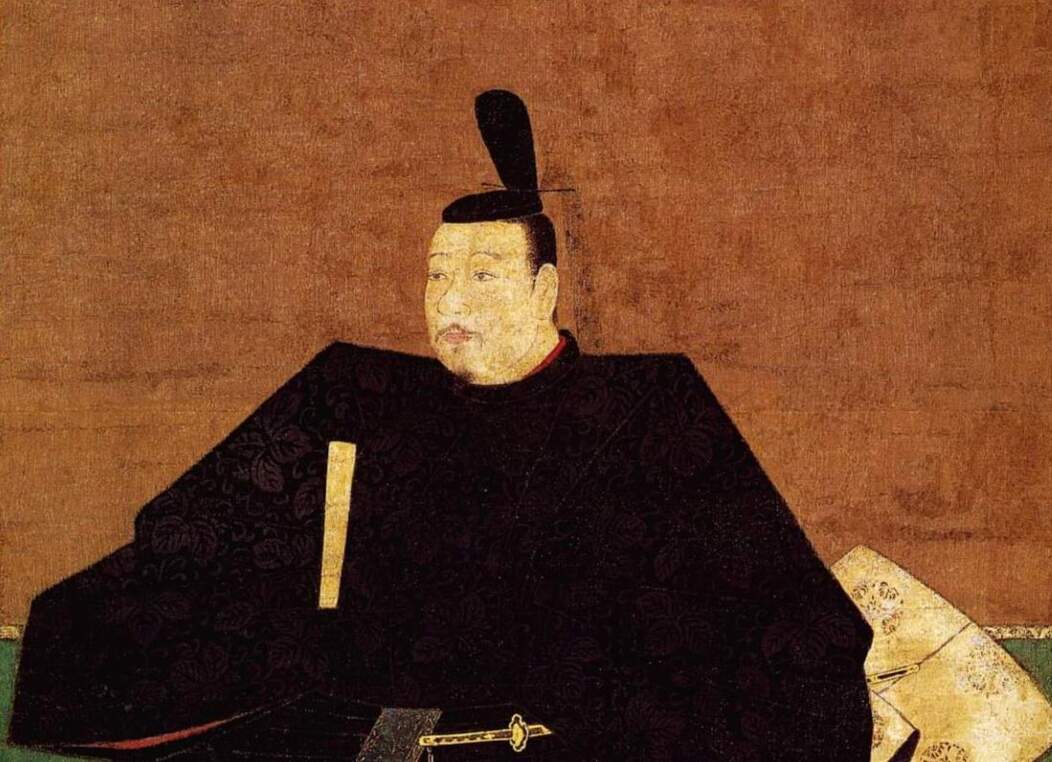The shoguns of medieval Japan were ruthless rulers who governed the country under a feudal system in which a vassal’s military duty and devotion were exchanged for a lord’s favor. The first shogun proper, Minamoto no Yoritomo, established the groundwork in 1192 CE, and the shoguns ruled for the next seven centuries until the Meiji Restoration in 1868 CE.
Members of specific families, who named two of the three succeeding shogunate regimes (bakufu)—the Ashikaga Shogunate (r. 1338–1573) and the Tokugawa Shogunate (r. 1603–1868 CE)—held the office of shogun.
The government of the first shogunate, known as the Kamakura Shogunate (r. 1192-1333 CE), was named for the capital. The Ashikaga Shogunate’s Muromachi, is a region of Heiankyo/Kyoto, and the Tokugawa Shogunate’s Edo, the former name of Tokyo, are the other shogunates that can also be referred to by their capitals.
Read More: Potomac River Historical Significance
